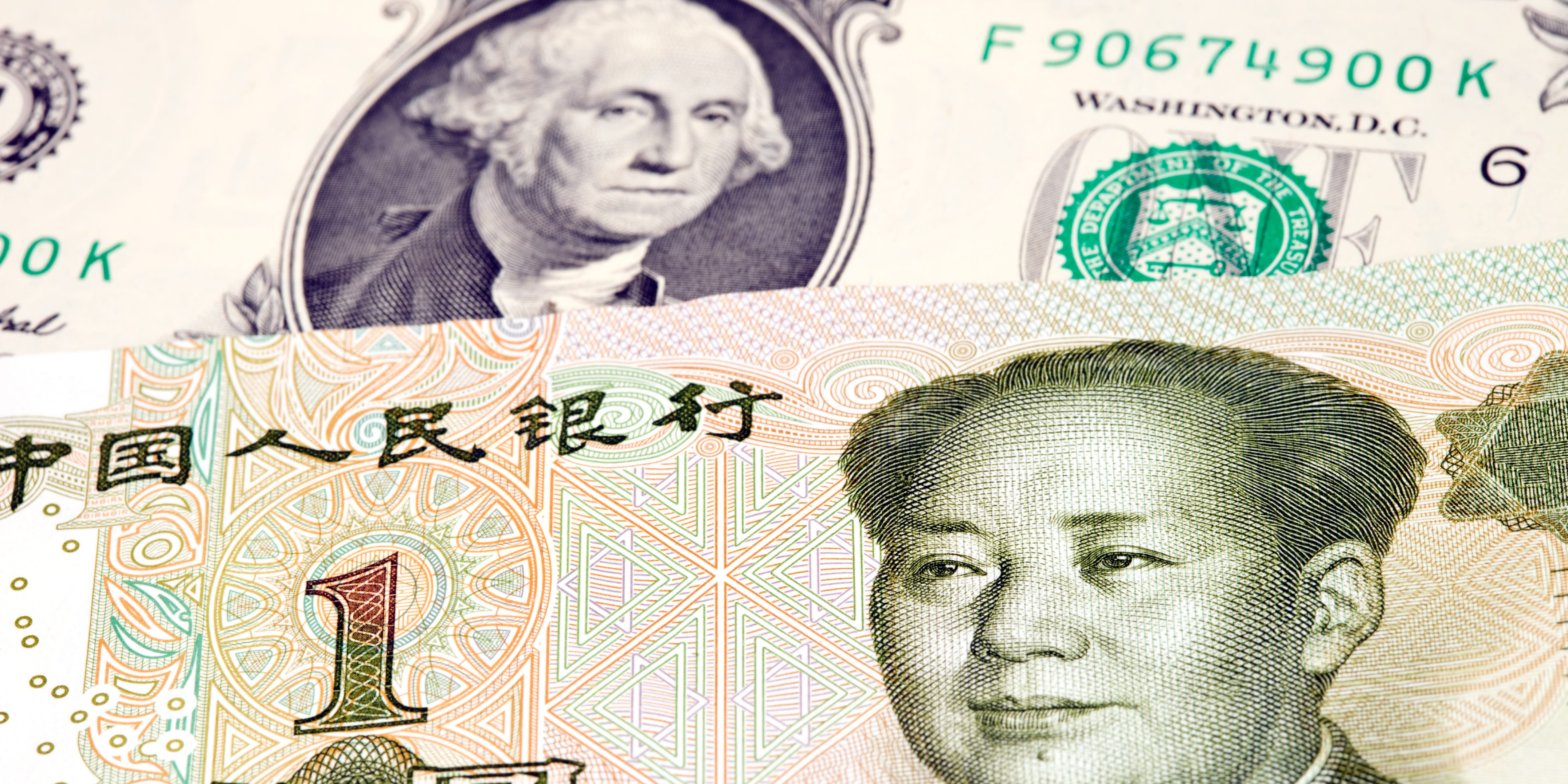The yuan’s share of Russian import invoicing has jumped to 20% since the Ukraine war, a study found. The yuan was more pronounced in the import of sanctioned goods, the European Bank for Reconstruction and Development wrote. Yuan invoicing was especially pronounced in the import of industrial-capacity goods that have been sanctioned. Loading Something is loading.
Thanks for signing up!
Access your favorite topics in a personalized feed while you’re on the go.
Use of the Chinese yuan has jumped considerably in Russian trade, becoming a preferential vehicle currency in the face of Western sanctions.
Prior to Russia’s invasion of Ukraine early last year, only 3% of Russian imports were invoiced in yuan, but by the end of 2022 the share grew to 20%, according to a study from the European Bank for Reconstruction and Development.
Meanwhile, Russian imports invoiced in US dollars and euros fell from as much as 80% to 67%, it said.
“In broad terms, the use of US dollar as a (dominant) vehicle currency in Russia’s imports has declined, while the use of producer currencies of neutral economies has become more widespread,” EBRD wrote. “Yuan has become increasingly used as a vehicle currency.”
While this partially results from Russia’s shifting trade relations that favor China, the study noted that yuan invoicing was especially pronounced in the import of industrial-capacity goods that have been sanctioned, or that can serve a dual-use purpose. Compared to non-sanctioned products, the yuan’s share increased an additional 6-8 percentage points.
The study also highlighted a sharp increase in yuan invoice dealings among Russia’s importing firms and pointed to the de-dollarization trend among countries seeking to reduce reliance on the greenback.
“The results are consistent with the use of trade sanctions gradually weakening the exorbitant privilege enjoyed by the US dollar and leading to the fragmentation of international payment systems, with the emergence of alternative global currencies such as CNY,” EBRD concluded.
Russia’s embrace of the yuan is among a few strategies Moscow has pursued to get around Western restrictions. Trade with third countries has also grown, while about three-quarters of Russia’s sea-borne oil is exported without Western insurance.
